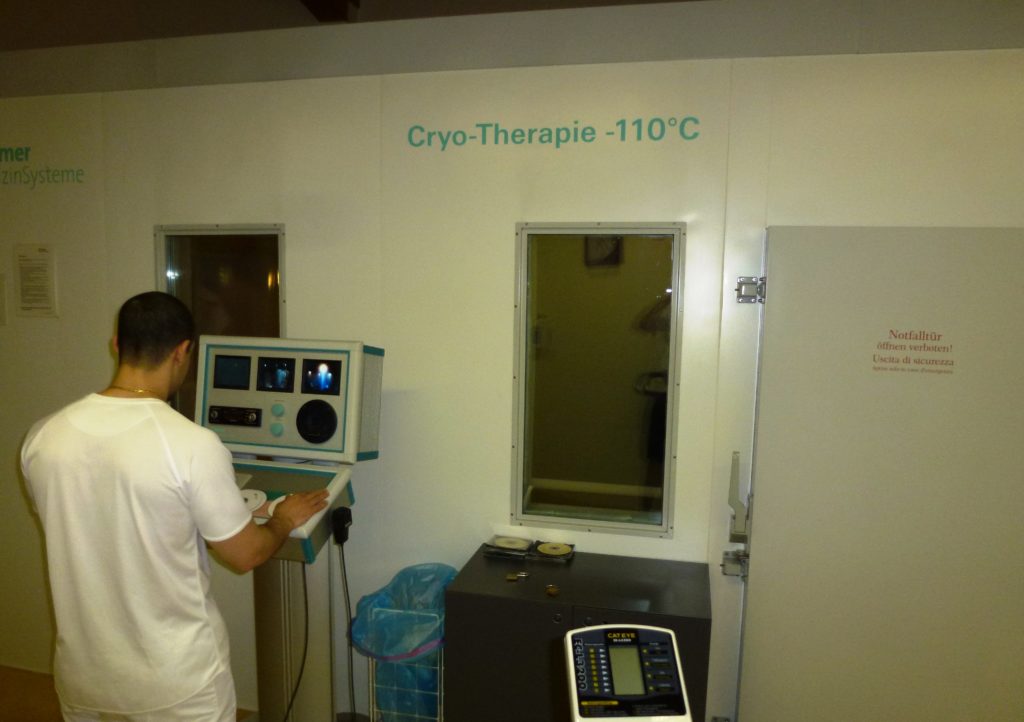Whole-body cryotherapy (WBC), the futuristic-sounding medical spa trend has been embraced by swanky and hipster areas across the country. However, the procedure isn’t approved by the Food and Drug Administration (FDA), and a recent case report found that the technique can cause cold burns.
Whole-body cryotherapy is a “super-cooling” process requiring the client to stand in a chamber where their legs and torso are exposed to exposed to temperatures as low as negative 200 or 300 degrees Fahrenheit. The icy temperatures are generated by liquid nitrogen, and med spas with WBC services claim that the procedure can alleviate or cure a number of conditions, including chronic pain, anxiety, asthma, and Alzheimer’s. However, the FDA has explained that WBC has yet to demonstrate any conclusive benefits. On the other hand, dangerous risks have been confirmed, such as asphyxiation from the nitrogen, hypoxia, frostbite, and eye injuries.
According to the report from Thomas Jefferson University in Philadelphia, a 71-year old man who had previously used WBC in the past without adverse effects, underwent cryotherapy for his arthritis symptoms and back pain. After one minute in the chamber, he began to experience pain and stinging, and wasn’t given any subsequent first aid treatment. Researchers believe that there was a “nozzle malfunction and it the liquid nitrogen sprayed his back, resulting in inflammation and blistering. Physicians at the University’s dermatology department recommended systemic steroids, topical corticosteroids, ibuprofen, and silver sulfadiazine cream to heal the burns.
This isn’t the first case of a WBC experience gone awry. In Mexico, a 56-year-old patient suffered an abdominal aortic dissection after undergoing 15 WBC sessions. In another instance, a 47-year-old male patient developed a diffuse papular eruption after eight WBC treatments after exercise.

